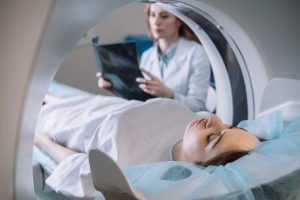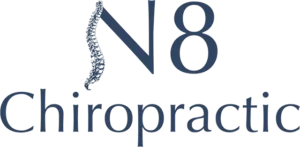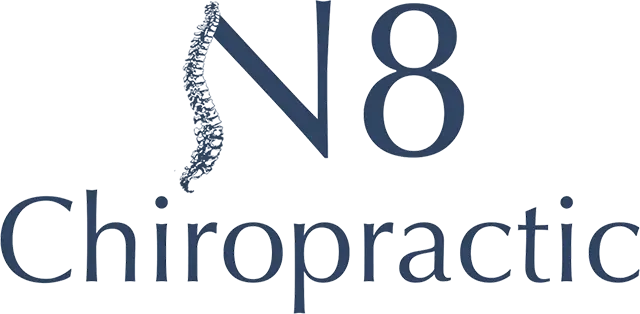The CT (computed tomography) scan is a valuable medical imaging tool that provides detailed cross-sectional images of the body. It uses X-ray technology to create these images, which can be used to diagnose and monitor a wide range of medical conditions. In this article, we will explore the history, technology, and applications of CT scans.
History of the CT Scan
The CT scan was first developed in the 1970s by British engineer Godfrey Hounsfield and South African physicist Allan Cormack. Their invention revolutionized medical imaging by providing a non-invasive way to produce detailed, three-dimensional images of the body’s internal structures. For their groundbreaking work, Hounsfield and Cormack were awarded the Nobel Prize in Medicine in 1979.
The Technology of the CT Scan
The CT scan uses a rotating X-ray machine and a computer to create detailed images of the body’s internal structures. During the scan, the patient lies on a table that slides through a circular opening in the machine. As the table moves through the opening, the X-ray machine rotates around the patient, taking multiple images from different angles. The computer then combines these images to create a detailed, cross-sectional image of the body.
One of the key advantages of the CT scan is its ability to produce images of soft tissues, such as the brain and internal organs, that are difficult to visualize using other imaging technologies. This is because the CT scan uses a series of X-rays that pass through the body at different angles, allowing the computer to reconstruct a detailed 3D image of the internal structures.
Applications of the CT Scan
The CT scan is used to diagnose and monitor a wide range of medical conditions, including:
- Cancer: CT scans are often used to detect and monitor cancer progression. They can help identify tumors’ location, size, and shape and assess whether cancer has spread to other parts of the body.
- Trauma: CT scans are often used to evaluate the extent of injuries sustained in accidents, such as fractures, internal bleeding, and damage to internal organs.
- Cardiovascular disease: CT scans can be used to detect and diagnose cardiovascular disease, including blockages in the arteries and aneurysms.
- Lung conditions: CT scans can be used to diagnose and monitor lung conditions, such as pneumonia, lung cancer, and pulmonary embolism.
- Brain disorders: CT scans are often used to diagnose and monitor brain disorders, such as stroke, brain tumors, and traumatic brain injury.
Risks and Limitations of the CT Scan
Like all medical procedures, the CT scan has some risks and limitations. One of the main risks is exposure to ionizing radiation, which can increase cancer risk over time. However, the amount of radiation used in a typical CT scan is relatively low, and the procedure’s benefits usually outweigh the risks.
Another limitation of the CT scan is that it can produce false positives, which may detect abnormalities that are not present. This can lead to unnecessary additional testing and treatment.
Final thoughts
The value of the CT scan for accurate medical imaging and diagnosis is obvious. It has allowed medical practitioners across specialties to diagnose and treat a variety of conditions quickly, safely and effectively. At N8 Family Chiropractic, we are committed to utilizing all available technologies to provide you with an accurate diagnosis and plan of action when it comes to your health needs. So why wait any longer? Make an appointment today, and let us use our resources to meet your health needs in the best possible way!
References:
https://my.clevelandclinic.org/health/diagnostics/4808-ct-computed-tomography-scan
https://www.hopkinsmedicine.org/health/treatment-tests-and-therapies/computed-tomography-ct-scan
https://www.mayoclinic.org/tests-procedures/ct-scan/about/pac-20393675






